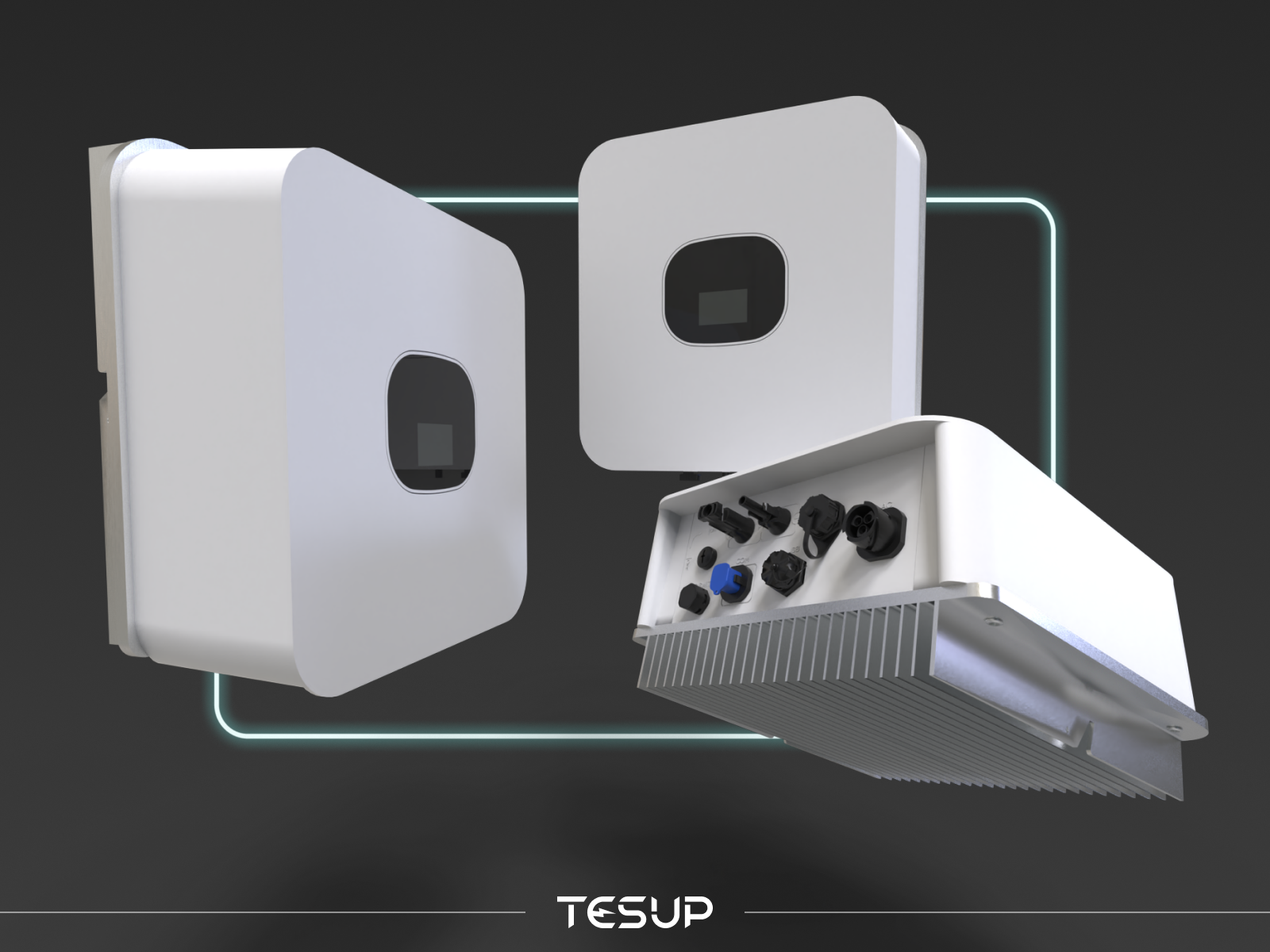
Renewable energy generation systems have gained popularity among environmentally-conscious homeowners. Not only do these systems help reduce your carbon footprint, but they can also generate excess electricity that you can sell back to the grid, potentially turning a profit. To make this a reality, you'll need an essential component known as an inverter. In this blog post, we'll help you navigate the complex world of inverters, explore their compatibility with different energy sources, and provide tips for selecting the right inverter for your renewable energy system.
Understanding the Inverter
Your home and the grid typically use AC (Alternating Current) power, characterised by a wave-like electrical flow. However, if you store electricity in batteries, it becomes DC (Direct Current), which maintains a constant and linear flow. To sell your generated electricity back to the grid, you need an inverter. Inverters convert the DC electricity from renewable energy sources, such as wind turbines and solar panels, into grid-compatible AC electricity, ensuring it matches the correct grid frequency.
Universal Inverters or System-Specific?
Integrating multiple renewable energy sources is a common practice, often called hybrid systems. Homeowners frequently combine solar panels and wind turbines to harness energy from various weather conditions. The key to this versatility lies in inverters with multiple Maximum Power Point Trackers (MPPTs), which enable you to connect both wind turbines and flexible solar panels to a single inverter. However, be cautious: hybrid inverters may not be compatible with all wind turbines.
Inverter Types
Inverters come in three primary types:
- String Inverter: A straightforward option suitable for various setups.
- Hybrid Inverter: Designed for hybrid renewable energy systems.
- Micro Inverter: Ideal for small-scale installations.
At TESUP, you can explore a high-quality inverter with which offers a 1.5 KW power output, a wide input voltage range of 50-500 V or 65-550 V, an ultra-low startup voltage of 50V-80 V, low noise emission of <20 dB(A), built-in RS485 and an output voltage of 220-230V.
This high-efficiency single-phase inverter boasts an impressive 97.4% system efficiency, making it the perfect choice for TESUP Wind Turbines and residential PV systems. Its robust aluminium housing ensures long-lasting protection against moisture and corrosion. Designed for both indoor and outdoor applications with an IP65 rating, this inverter offers versatility and reliability. Plus, it comes with a maximum input current of 16 A, ensuring smooth and efficient energy conversion.
Start-Up Voltage
Consider the start-up voltage of your inverter when selecting one for your system. Solar panels often feature high voltages, making them versatile for connection. Wind turbines, on the other hand, require lower start-up voltages. A lower voltage inverter offers better compatibility with wind turbines.
Rated Power
Ensure that the rated power of your inverter exceeds the maximum power output of your renewable energy system. This ensures that your inverter can handle the maximum electricity generated by your system, preventing issues.
Dedicated vs. Multi-Purpose Inverters
While it's possible to purchase an inverter that covers both solar and wind energy ranges, dedicated inverters are often more efficient. Attempting to merge two systems into a single box can lead to high operating temperatures and reduced lifespan. Therefore, using separate inverters for each energy source is often the preferred approach.
Choosing the Right Inverter
Selecting the best inverter for your system depends on your specific setup and its requirements. With numerous options available on the market, there's likely an inverter tailored to your needs. At TESUP, we offer the wind turbine inverter that seamlessly integrates with our turbines, simplifying your renewable energy journey.
So, while setting up a renewable energy generation system can be a significant investment, it also presents the opportunity to sell excess electricity back to the grid. Selecting the right inverter, one that matches your system's requirements, is key to achieving optimal results and maximising your eco-friendly energy generation.
